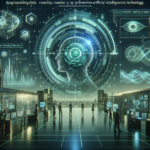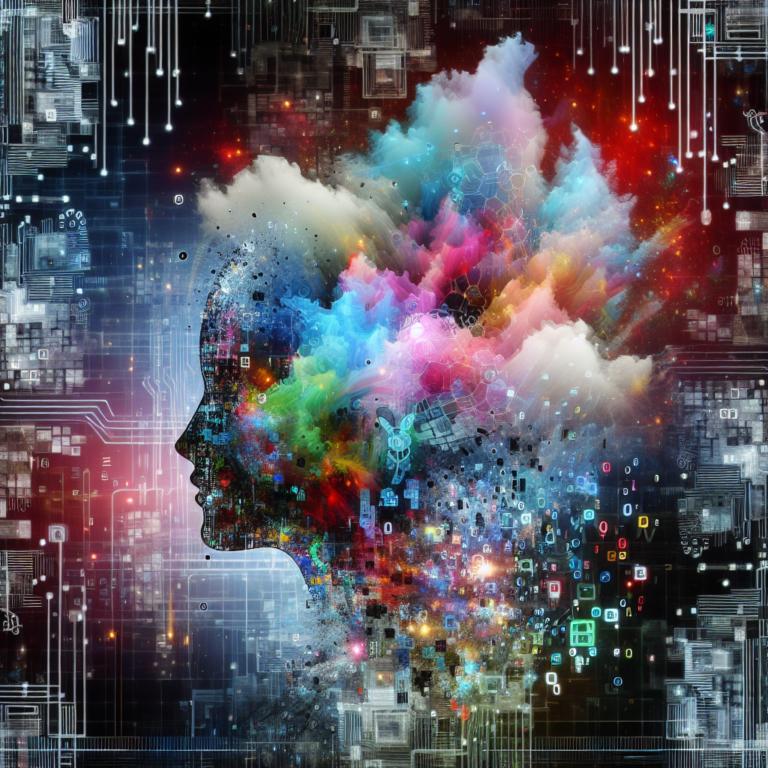In the evolving landscape of generative AI, one intriguing phenomenon that has captured attention is the tendency of these models to hallucinate. This term refers to instances where AI systems produce inaccurate or fabricated information. The latest research, conducted by a collaborative team from Cornell University, the Universities of Washington and Waterloo, and the nonprofit research institute AI2, sheds light on this perplexing behavior among different AI models, including giants like Google’s Gemini and OpenAI’s GPT-4o.
The Challenge of AI Hallucinations
All well-known generative AI models, from Google’s Gemini to Anthropic’s Claude, exhibit some degree of hallucination. These models, often described as unreliable narrators, can generate content that is amusing at times but can also pose serious issues, particularly when it comes to disseminating false information. The recent study found significant variations in the hallucination rates among different AI systems, revealing that the sources of training data significantly impact this behavior.
Key Findings from the Study
The researchers set out to effectively benchmark the hallucination rates of popular AI models. By cross-referencing answers generated by these models with trustworthy sources on a variety of topics, including law, health, history, and geography, key insights emerged:
- No model consistently outperformed others across all topics.
- The models that exhibited lower hallucination rates often avoided answering questions they felt uncertain about.
- Even the best-performing models could generate factually accurate responses only around 35% of the time.
Wenting Zhao, a doctoral student at Cornell and co-author of the study, emphasized the importance of these findings: “We cannot yet fully trust the outputs of model generations.” This stark reality encourages further exploration into the reliability of AI-generated content.
Methodology: A More Robust Benchmark
Previous studies on the factual accuracy of AI models often relied on simpler questions with answers readily available on platforms like Wikipedia. However, the current study aimed for a more challenging benchmark. The researchers focused on questions that could not be easily answered through Wikipedia, incorporating a range of topics such as:
- Culture
- Geography
- Astronomy
- Pop culture
- Finance
- Medicine
- Computer science
- Celebrities
This enhanced approach helped produce a clearer picture of each model’s capacity to provide accurate information in real-world scenarios.
Evaluating the Top AI Models
The study evaluated over a dozen AI models, including widely discussed ones released in recent years. These included:
- OpenAI’s GPT-4o
- Meta’s Llama 3 70B
- Mistral’s Mixtral 8x22B
- Cohere’s Command R+
- Google’s Gemini 1.5 Pro
- Anthropic’s Claude 3 Opus
The findings underscored that memorable hallucinations remain a challenge. Notably, when assessing the accuracy of factual answers, GPT-4o and its predecessor, GPT-3.5, produced similar results, with GPT-4o performing slightly better. Interestingly, OpenAI’s models exhibited the least hallucinations overall, followed closely by Mixtral 8x22B, Command R, and Perplexity’s Sonar models.
Topics that Challenge AI Models
The study identified specific topics that proved particularly challenging for AI models. Questions related to:
- Celebrities
- Finance
These areas saw increased rates of inaccuracies. Conversely, questions concerning Geography and Computer Science were less problematic, likely due to the abundance of training data available on these subjects.
Non-Wikipedia Sources and Model Performance
Further analysis indicated that when the answers were sourced from outside Wikipedia, all models demonstrated a decline in accuracy, highlighting a significant correlation between training material and output reliability. Models traditionally trained on large datasets that include Wikipedia content struggled more with questions that demanded knowledge beyond that reference point.
Size vs. Performance: What Does It Mean?
Interestingly, model size did not markedly influence hallucination rates. For example, smaller models such as Claude 3 Haiku exhibited similar rates of hallucination compared to their larger counterparts like Claude 3 Opus. This finding challenges the prevailing assumption that larger models inherently produce more accurate information.
Vendors’ Claims: What’s the Reality?
The study suggests a potential disparity between vendor claims of improved model accuracy and the empirical evidence gathered. Despite promises of advancements in minimizing hallucinations, many models still demonstrate substantial rates of inaccuracies, necessitating a reevaluation of existing benchmarks used to test AI capabilities.
Zhao remains cautiously optimistic about the future of AI model development. “The issue of hallucinations will likely persist for a long time,” she notes, while reiterating that current methods to reduce such inaccuracies yield limited improvements. As models continue to evolve, integrating rigorous validation processes could enhance their reliability.
Potential Solutions to Mitigate Hallucinations
A viable interim solution exists: enhancing the refusal rates for questions where models might generate inaccurate information. For instance, Claude 3 Haiku answered only about 72% of the questions posed to it—electing to abstain from responding to the remainder. This approach may position it as the most factual model when considering the honesty of its outputs.
However, this raises the question: would users find a model that opts not to respond appealing? Zhao believes that enhancing research dedicated to reducing hallucinations remains essential. While achieving complete elimination may not be realistic, there are numerous opportunities for improvement, including:
- Developing advanced fact-checking tools for generated content.
- Providing citations for factual statements.
- Implementing systems to correct hallucinated content.
As the landscape of generative AI continues to evolve, incorporating human expertise in validating AI outputs becomes increasingly critical. As researchers and developers collaborate, the goal is to create more reliable AI systems that can contribute positively to a wide array of fields.




0 Comments